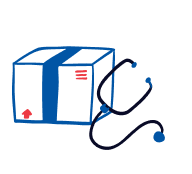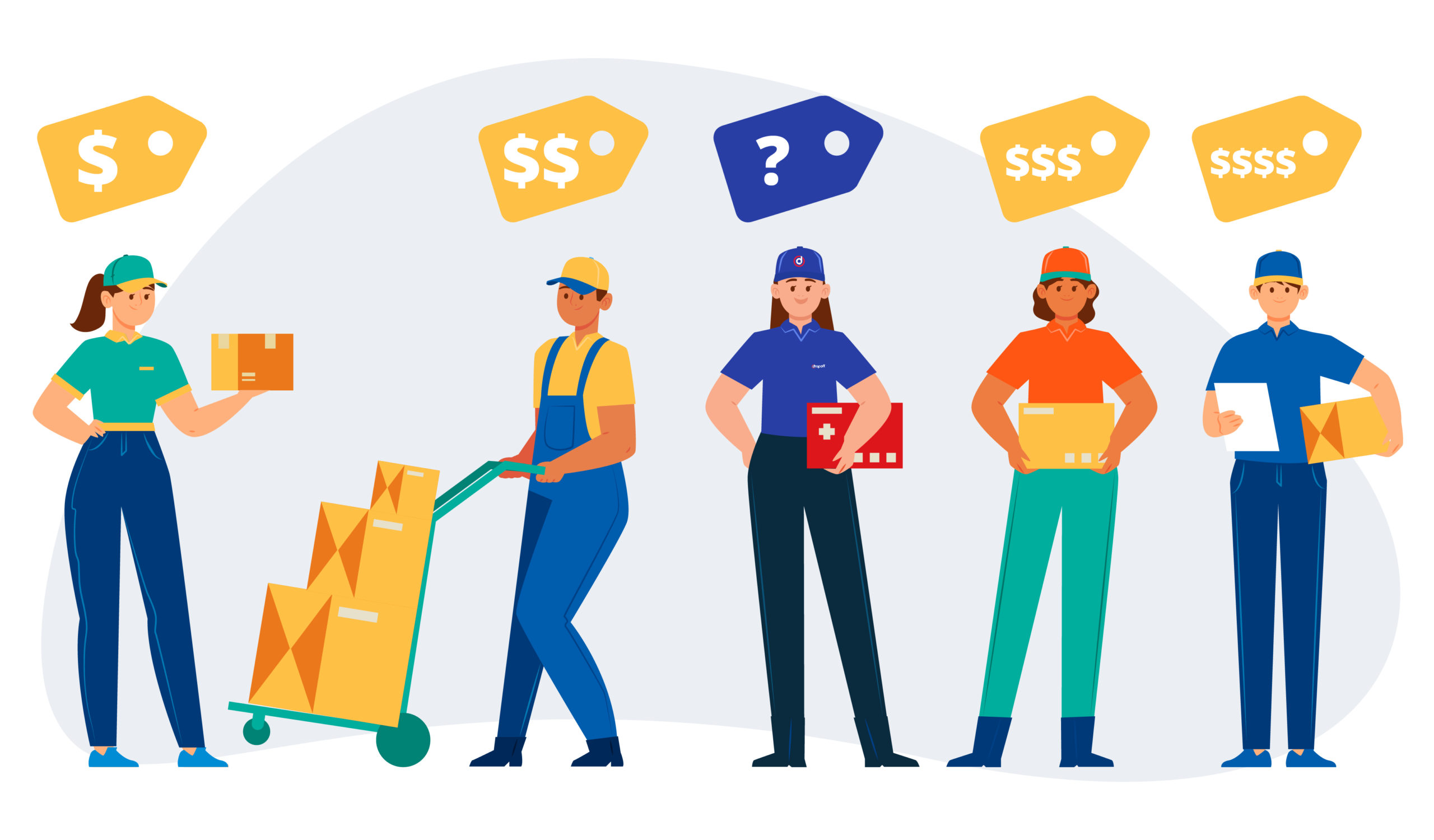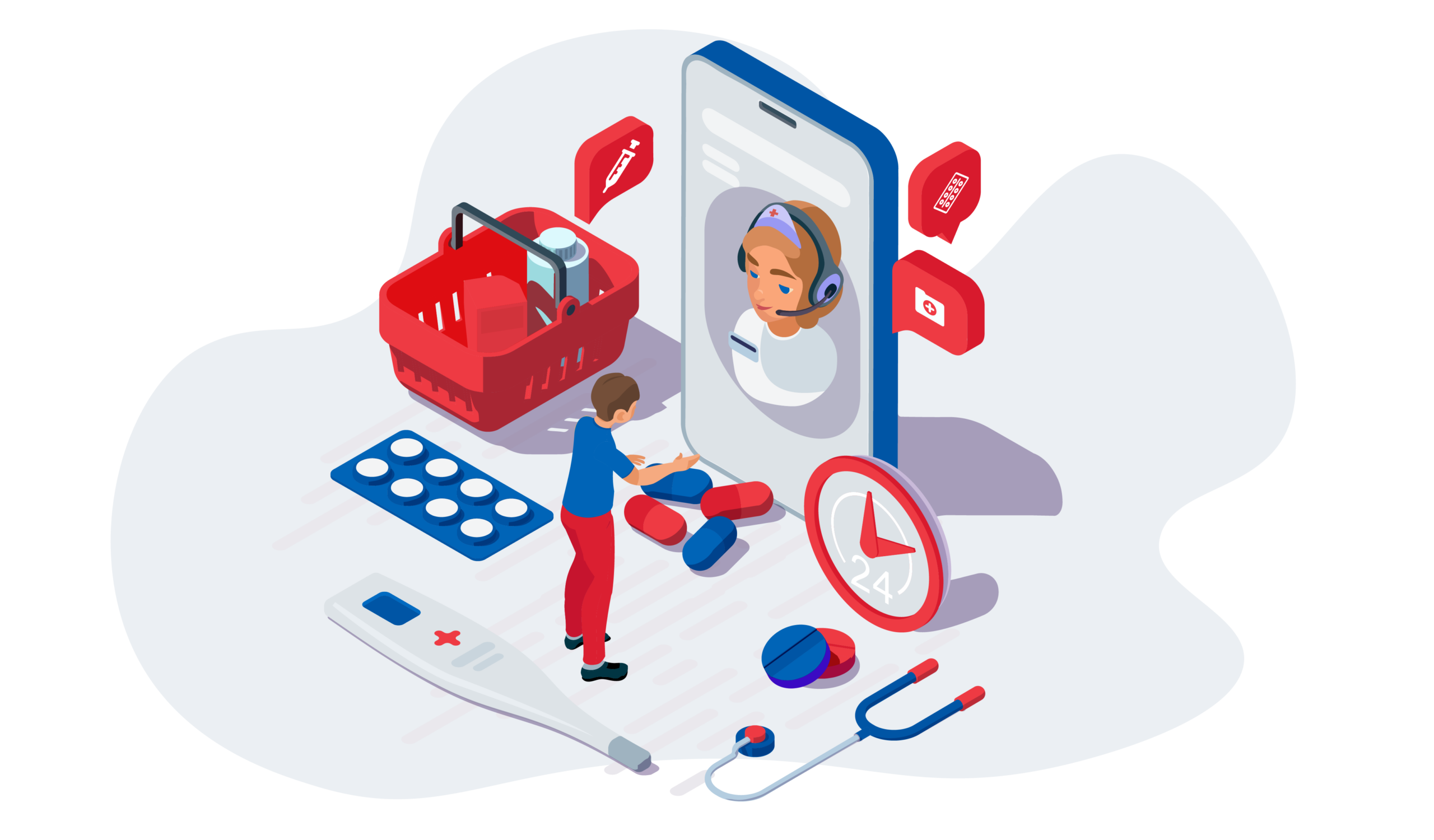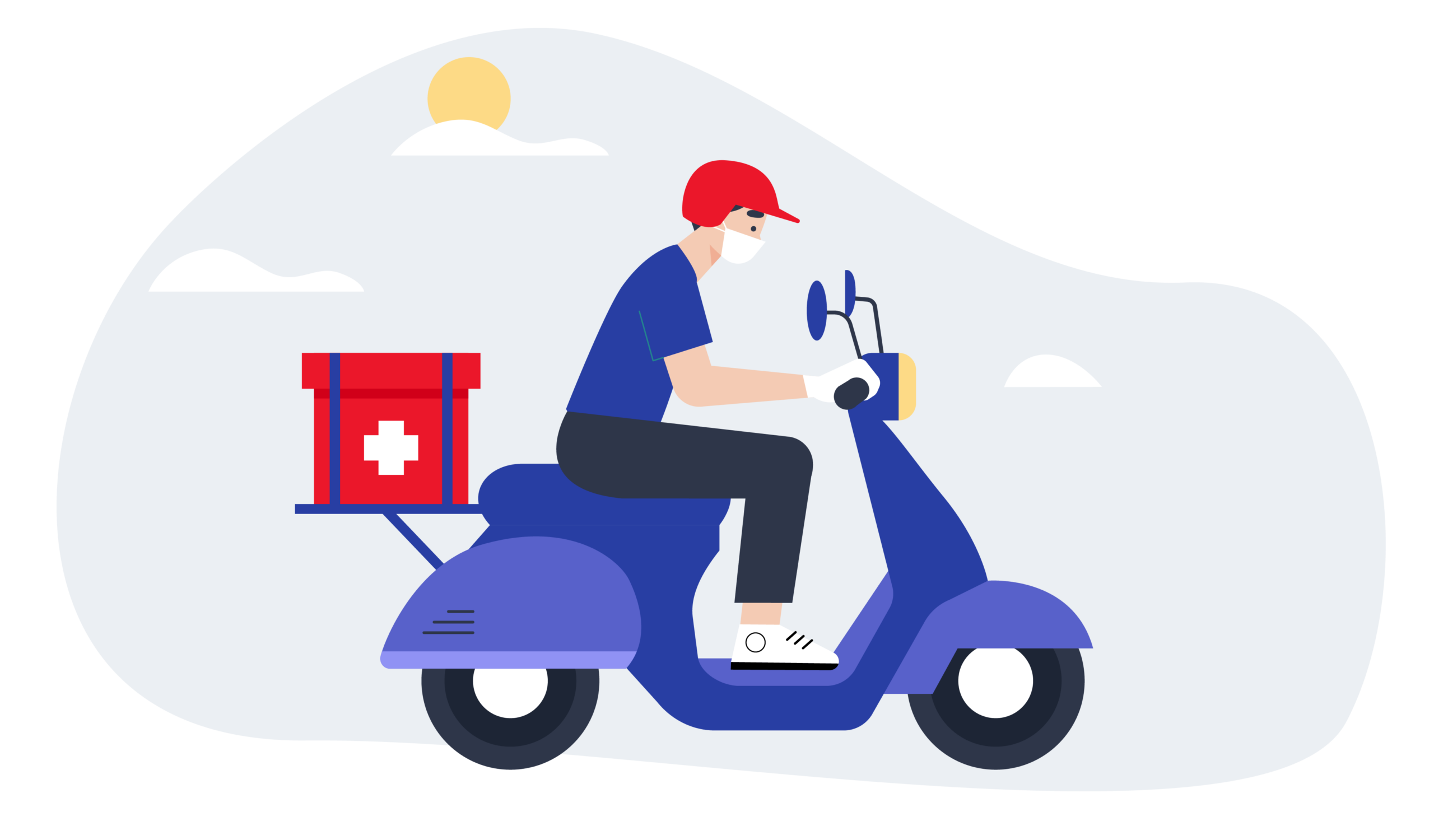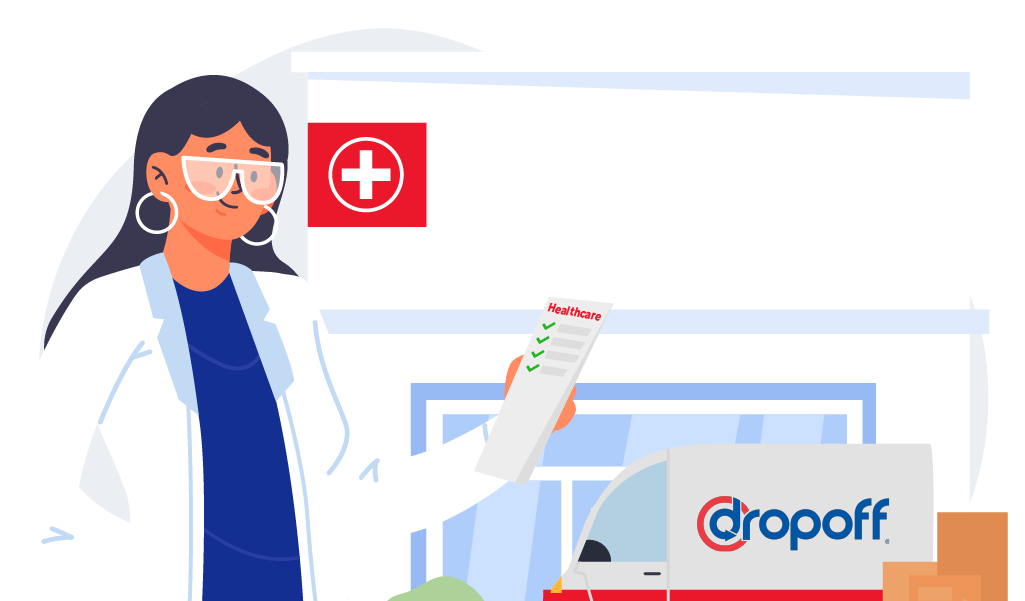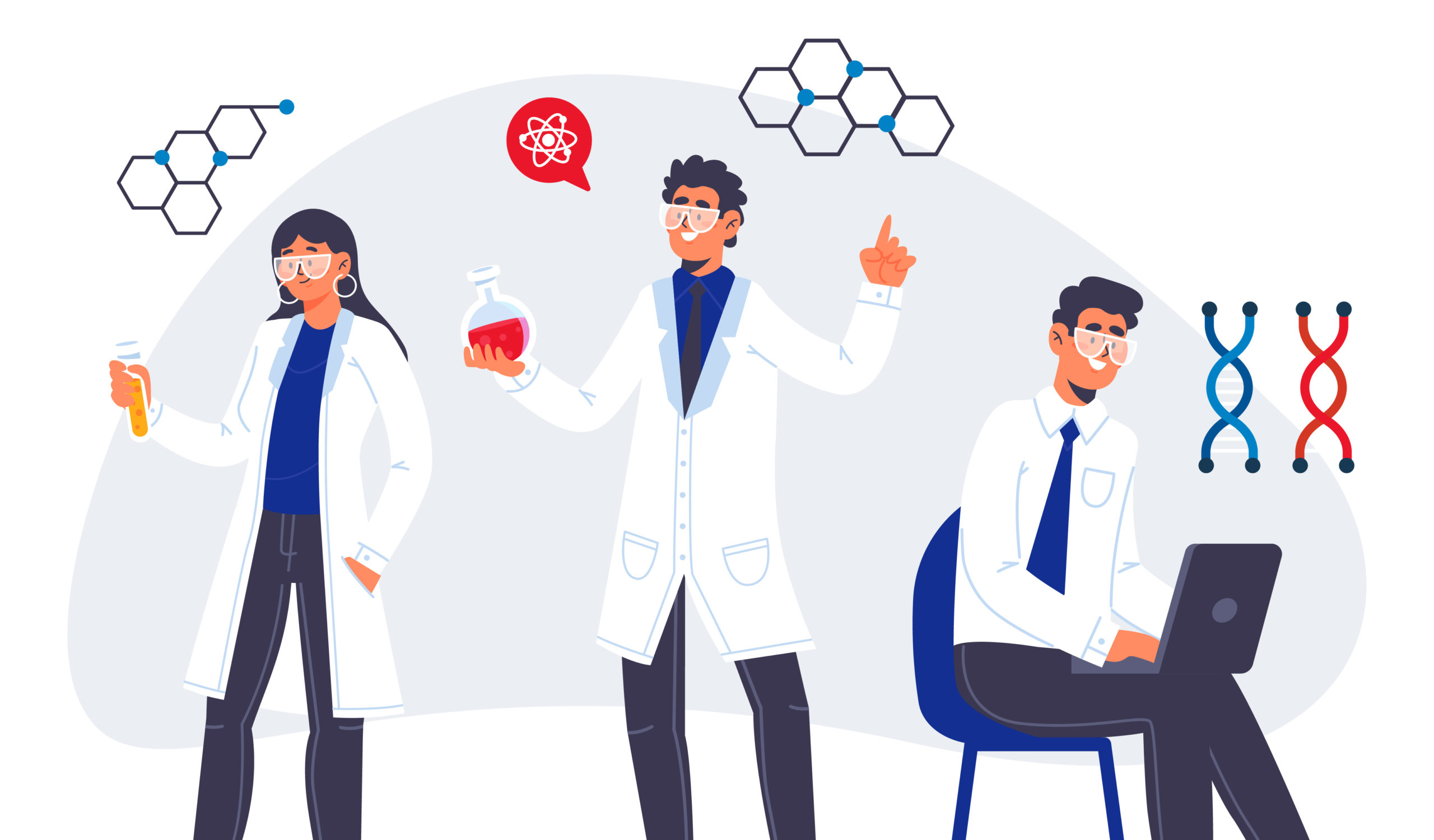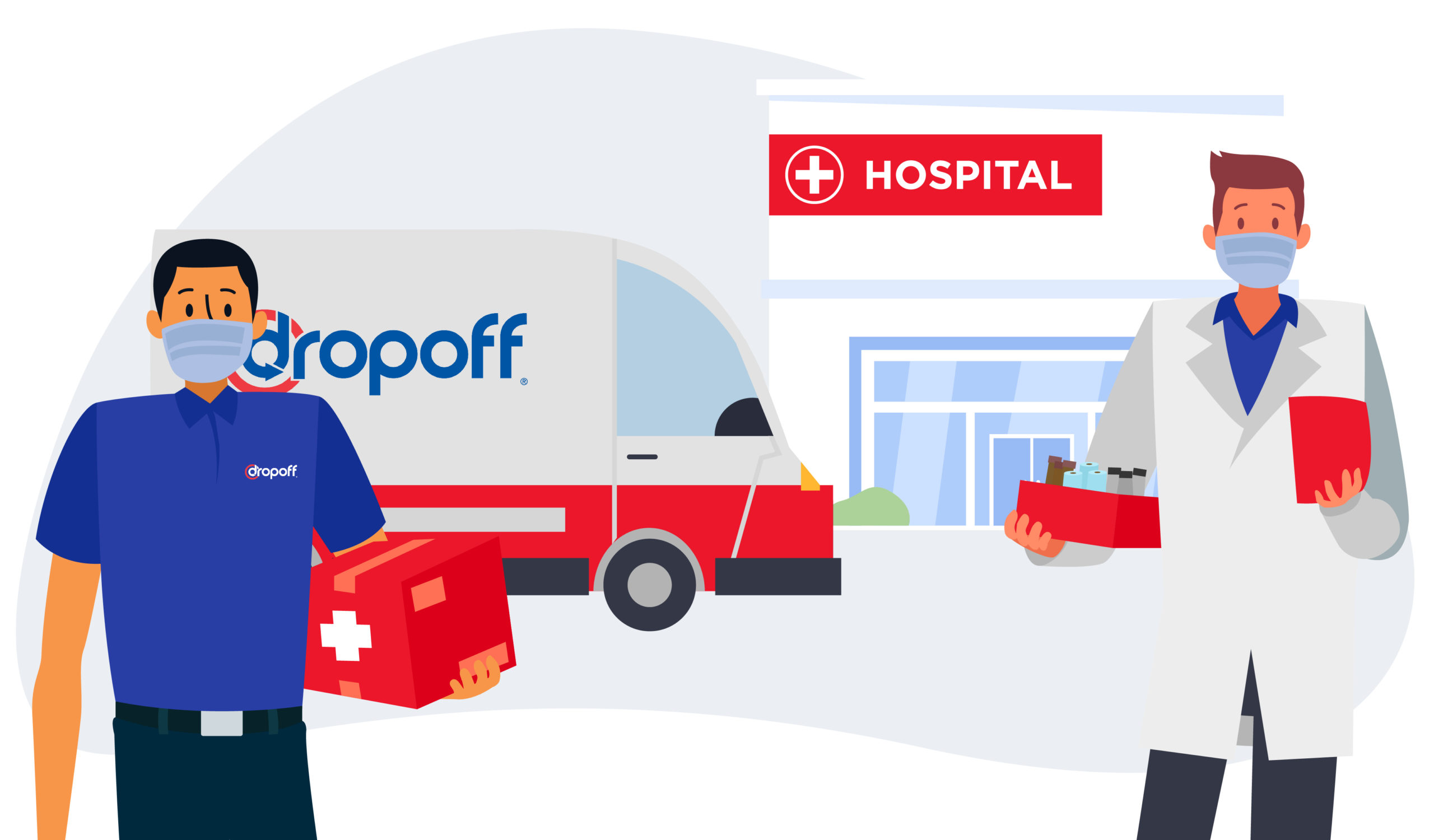Everything You Need to Know About Pharmaceutical Shipping
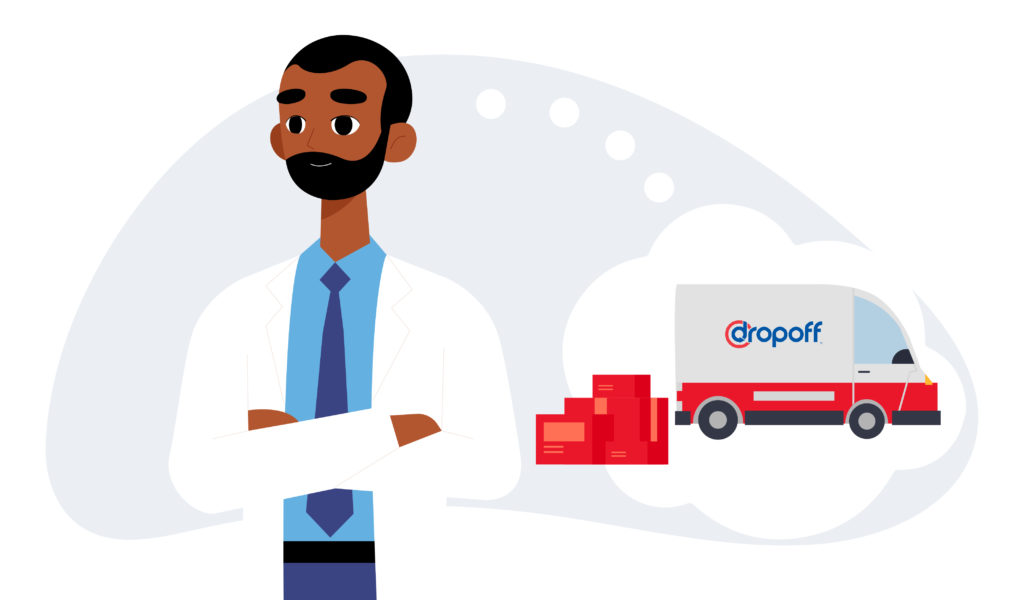
The pharmaceutical shipping industry is currently more vital than ever. The global pharmaceutical logistics industry was valued at USD 78.5 billion in 2021, according to Grand View Research, and is predicted to increase at a compound annual growth rate of 8.6 percent from 2022 to 2030.
The impact of the COVID-19 pandemic on the market has been major. As a result, mailing medicines to customers is a lot more common now. This surge in pharmaceutical shipping represents a big shift for the national and global supply chains, which have never had to deal with such volumes before.
What Is Pharmaceutical Shipping?
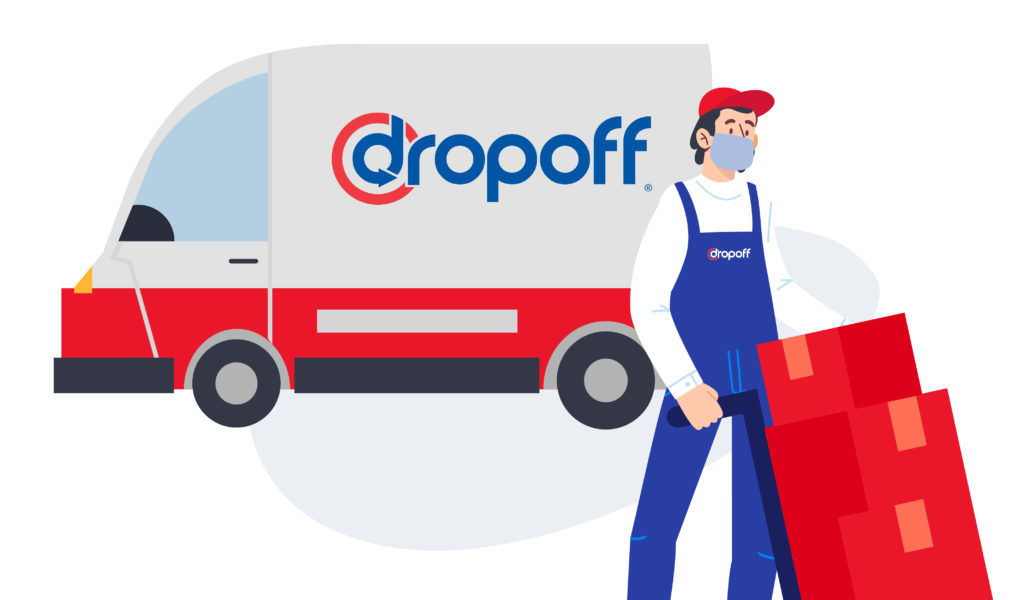
Shipping pharmaceuticals is no easy task.
This is where last-mile delivery companies come in to ensure same-day deliveries and that your medicine arrives safely. It is essential to keep the products within a certain temperature and humidity limit, to maintain their integrity and safety. Find out how your pharmacy can begin same-day delivery services with us.
The pharmaceutical transportation sector also has strict laws. There are many aspects to consider during the supply chain process to ensure that the products remain unharmed and follow shipping standards. When it comes to delivering high-value products, carriers must be well-equipped to keep them safe. We will be discussing these aspects in this article.
Risks of Pharmaceutical Shipping
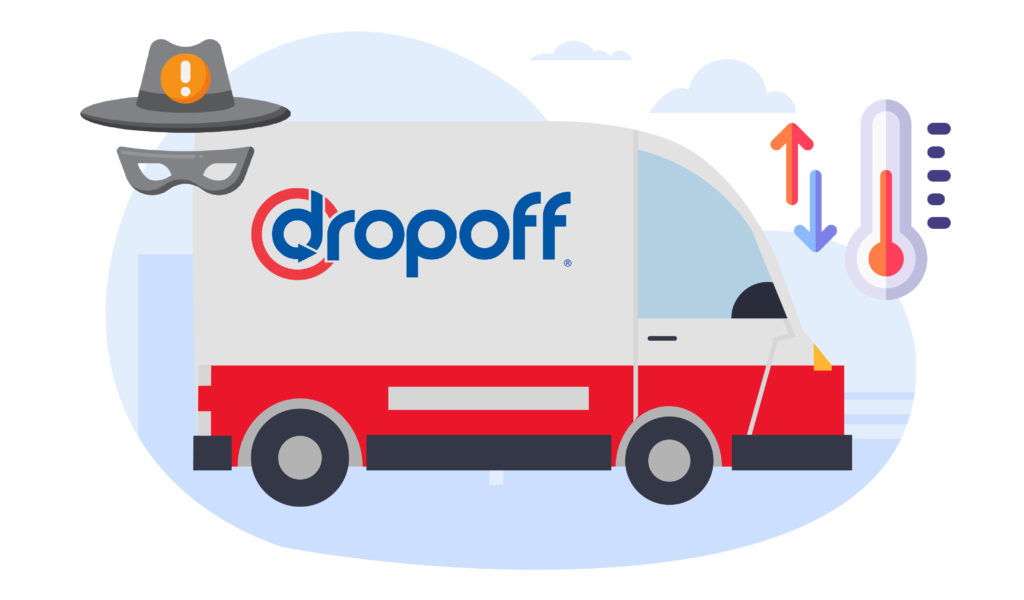
Climate and Temperature Control
When it comes to shipping pharmaceuticals, there are many risks. The first thing to make sure of is the temperature that the products must be transported at, and make sure the vehicle is set up to accommodate that. Maintaining them at the right temperature is vital, otherwise, they become useless or even deadly. A temperature shift as low as two degrees can ruin a product.
In addition, carriers must be proactive throughout the delivery. It is very important to choose a third-party logistics company that has ample experience in pharmaceutical shipping. In most deliveries, insulation and cooling are required because roughly 70% of medicine requires climate control. This is because insulated containers protect products from heat and moisture during the shipping process.
Potential Cargo Theft
It’s key to have actual theft prevention practices in place when shipping pharmaceuticals. These products could fall into the wrong hands if stolen.
Appropriate packaging is one of the most important safeguards. Packaging that makes it obvious what’s inside can attract thieves. As a result, carriers that transport high-value cargo should consider providing security services.
Other Challenges
Another drawback is the growing specialization of medicine. Individuals with rare disorders are receiving more customized treatment. These medications are shipped in little quantities yet have a high value. As a result, the temperatures for these medications are also specialized. If you want to ensure your deliveries are safe, talk with an expert about your specific requirements.
Regulations and Requirements of Pharmaceutical Shipping
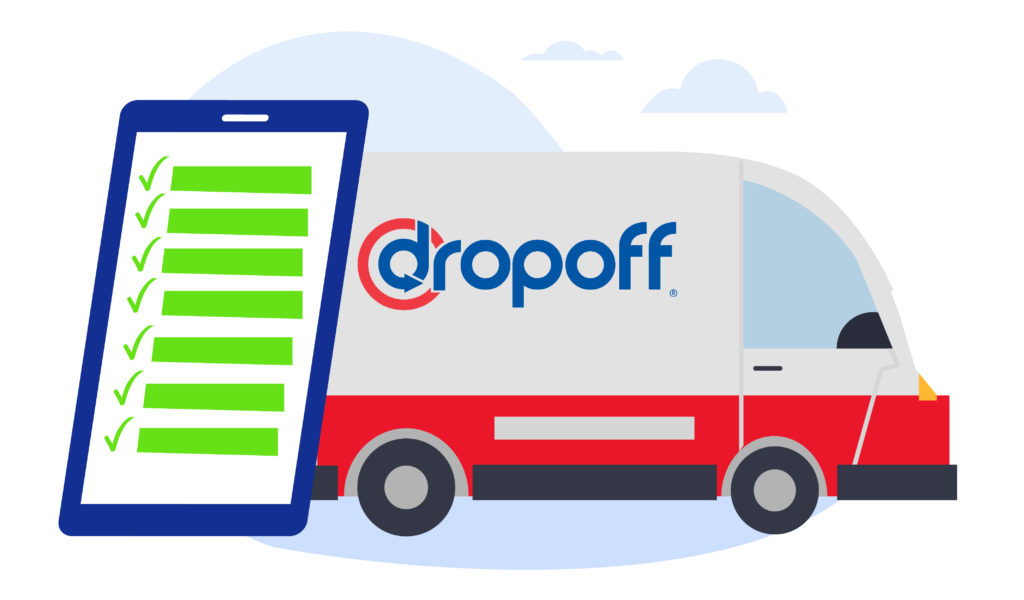
Restrictions must be taken seriously due to the nature of pharmaceuticals. One important factor is the regulations for transporting pharmaceutical products. The initial set of requirements comes from the FDA’s Current Good Manufacturing Practices (CGMP). These rules were first published in 1969, but they were modified in 2015 to reflect information from the Food Safety Modernization Act (FSMA).
Learn more about complying with healthcare industry regulations.
The regulations listed below cover a few points.
- Equipment: Vehicles used to deliver pharmaceuticals must meet certain requirements. They must have temperature control and security systems in place.
- Carrier Training: When it comes to recruiting carriers, consider well-trained individuals.
- Transportation Maintenance: Make sure to sanitize vehicles thoroughly. Also examine temperature monitoring and control equipment to ensure proper operation.
- Documentation: Make sure to store records of training and transportation.
In addition to vehicle regulations, the FDA is in charge of product labeling regulations. Your items must comply with all regulations. They must come in an appropriate font and size so the customer would be able to read them. The following list highlights what must be provided on product packaging.
- Warnings: A label that describes any potential dangers related to the contents of the container.
- Purpose of use: A label that refers to the manner of use.
- Ingredients: A label that lists the active and inactive ingredients in a product.
- Allergy warnings: A label that outlines any allergic reactions that may occur as a result of taking the medicine.
- Directions: A label that tells the user how to take the medication.
- Official product name: A label that provides the proper medical term or name of the medicine.
- Drug facts table: A label that provides all of the known data about a medication.
Pharmaceutical Shipping Using Last-Mile Delivery Services
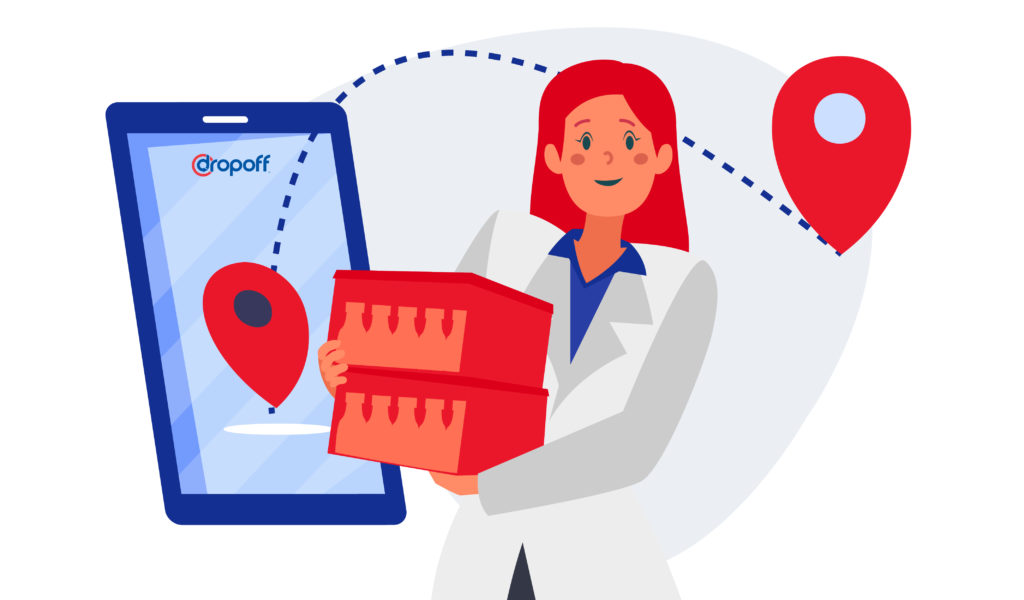
Now that we have discussed the regulations and requirements of pharmaceutical logistics and the risks, we can finally discuss the logistics aspect. With our last-mile delivery services, we can ensure same-day delivery when transporting products in high volumes.
The last mile is the final step in the supply chain. At this stage, pharmaceutical products are delivered to end-users after leaving a transportation hub. Last-mile vaccine delivery, for example, begins at a country or warehouse. Health workers in communities will deliver the vaccines once they receive them. Everything begins with the manufacturers, who design and construct the things.
Before arriving at their final destination, the products will travel through many forms of transportation. As soon as the products arrive in the transportation hub, it becomes the main warehouse for all of the products destined for customers. This is where the last mile begins. For instance, immunization campaigns will receive the vaccines, and hospitals will receive the medicines.
In addition, it is clear that pharmacies benefit from last-mile delivery services — both retail pharmacies and closed-door pharmacies. Closed-door pharmacies have large inventories of pharmaceuticals waiting to be delivered to customers who are not able to leave facilities to retrieve them.
Learn more about the difference between closed-door pharmacies and retail pharmacies.
Finally, same-day delivery ensures that the product reaches the customer as soon as possible and spends less time in transit. As mentioned, pharmacies can maintain a bigger inventory with same-day delivery, which means they are less likely to run out of popular prescriptions. To find out more on how to begin same-day delivery services for your medical business, click here.
By partnering with a full-service logistics company like Dropoff, all you have to do is schedule the delivery. We will ensure that the deliveries run as conveniently and efficiently as possible. You can rest easy knowing that your items are in good hands.
It’s best to go with a last-mile delivery service with a lot of pharmaceutical logistics experience. Talk to a Dropoff expert today to learn more about our services.
